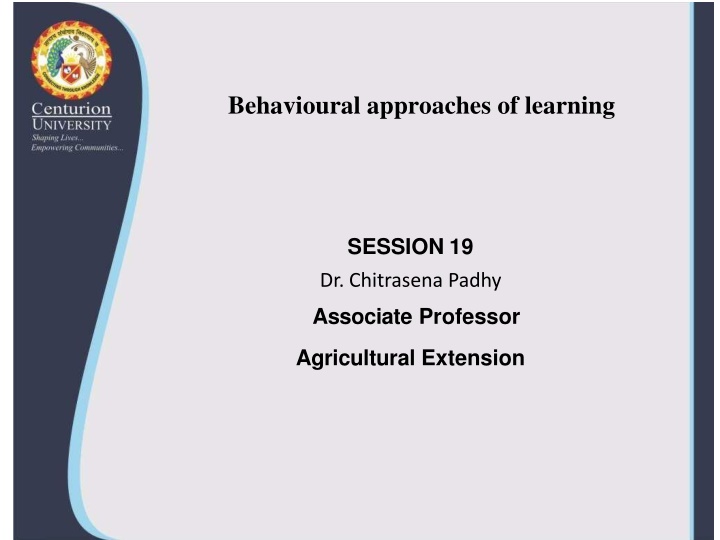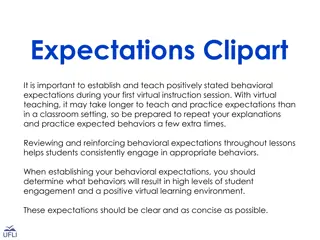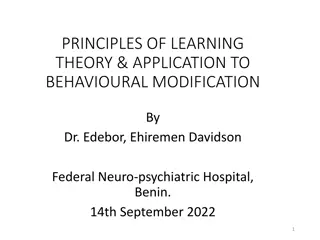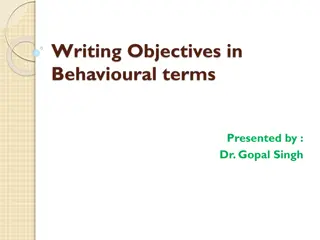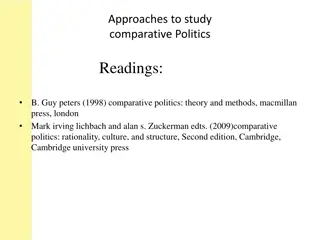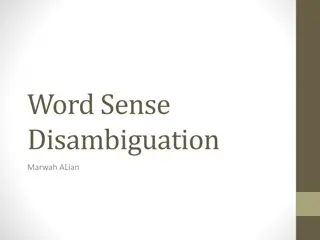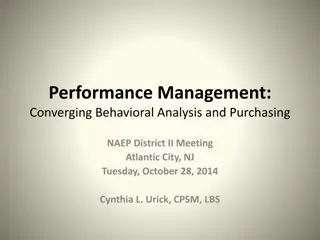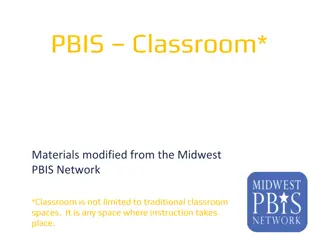Behavioral Approaches of Learning
The behavioral approach to learning examines how observable behaviors are influenced by environmental factors. It emphasizes the role of stimuli and reinforcement in shaping behavior through classical and operant conditioning. Classical conditioning, illustrated by Pavlov's dogs, involves association between stimuli, while operant conditioning, studied by Skinner, focuses on consequences of behavior. This approach highlights the importance of external influences in learning processes.
Download Presentation

Please find below an Image/Link to download the presentation.
The content on the website is provided AS IS for your information and personal use only. It may not be sold, licensed, or shared on other websites without obtaining consent from the author.If you encounter any issues during the download, it is possible that the publisher has removed the file from their server.
You are allowed to download the files provided on this website for personal or commercial use, subject to the condition that they are used lawfully. All files are the property of their respective owners.
The content on the website is provided AS IS for your information and personal use only. It may not be sold, licensed, or shared on other websites without obtaining consent from the author.
E N D
Presentation Transcript
Behavioural approaches of learning SESSION 19 Dr. Chitrasena Padhy Associate Professor Agricultural Extension
Behavioural approach of learning The behavioral approach to learning is a psychological theory that focuses on observable behaviors and the environmental factors that influence them. It suggests that learning occurs through the interactions between individuals and their environment, emphasizing the role of external stimuli and reinforcement.
The behavioral approach to learning is grounded in several foundational principles and theories. Here are some key foundations and theories associated with the behavioral approach: Classical Conditioning (Pavlovian Conditioning) Operant Conditioning (Instrumental Conditioning)
Classical Conditioning: This type of conditioning, famously studied by Ivan Pavlov, involves associating a neutral stimulus with an unconditioned stimulus that naturally elicits a response. Over time, the neutral stimulus becomes a conditioned stimulus that can trigger a similar response. For example, Pavlov's dogs learned to associate the sound of a bell (neutral stimulus) with the presentation of food (unconditioned stimulus), and eventually, the sound of the bell alone caused the dogs to salivate (conditioned response).
Operant Conditioning: This form of conditioning, explored by B.F. Skinner, focuses on the consequences of behavior. It posits that behaviors that are reinforced (rewarded) are more likely to be repeated, while behaviors that are punished or receive no reinforcement are less likely to be repeated. For example, a child who receives praise (positive reinforcement) for completing their homework is more likely to continue doing their homework in the future.
